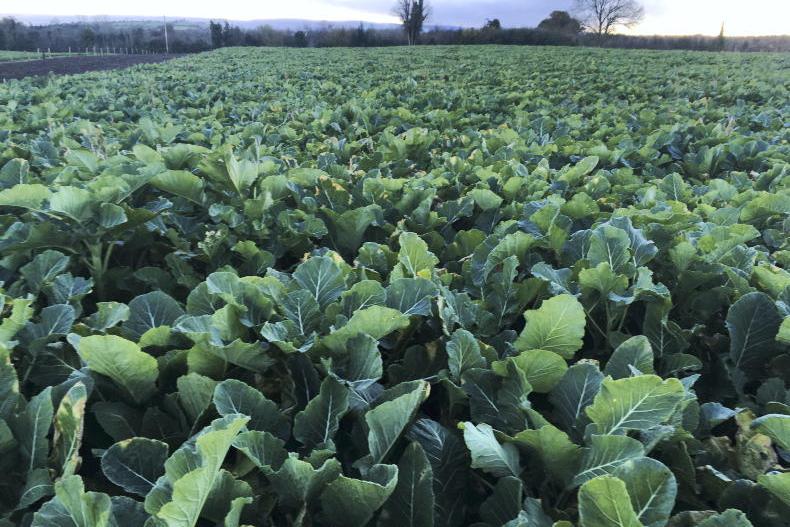There is no sign of any dramatic fertiliser price drop. Prices have decreased, but are still at extremely high levels. Savings on fertiliser and improvements to soil are essential, while trying to maintain production and profit.
On livestock farms, fodder supplies need to be boosted.
Some farmers are short of fodder, while others may have fodder and should try to utilise it as efficiently as possible and even save some for the following season.
Adding extra fodder for grazing or harvesting in the autumn and winter is still possible for some.
Fodder crops are an option where land is going to be reseeded, on mixed farms where stubbles are available or where a livestock farmer can find a tillage farmer to work with.
Crops such as fodder rape and stubble turnips are fast-growing and can produce a large volume of fodder.
On tillage farms, nutrients also need to be saved and planting a catch crop can allow that crop to soak up nutrients that could otherwise be lost to water.
Catch crops can also help with compaction issues and improving soil health and structure.
In a year like 2022 when fodder stocks are not at their highest for some and when fertiliser prices remain high, it might make sense for livestock and tillage farmers to work together to produce more fodder. Indeed, this can be a good idea with benefits for both parties any year.

Fodder or catch crops have many benefits.
Climate targets
As we move to meet climate targets, tackle the challenges of climate change and the challenges of high inputs, more integration is needed between sectors whether that be livestock and tillage, dairy and beef or tillage and pigs and poultry.
Fodder or catch crops have many benefits as we outline here. We give advice on planting right up to the grazing these crops.
There is no sign of any dramatic fertiliser price drop. Prices have decreased, but are still at extremely high levels. Savings on fertiliser and improvements to soil are essential, while trying to maintain production and profit.
On livestock farms, fodder supplies need to be boosted.
Some farmers are short of fodder, while others may have fodder and should try to utilise it as efficiently as possible and even save some for the following season.
Adding extra fodder for grazing or harvesting in the autumn and winter is still possible for some.
Fodder crops are an option where land is going to be reseeded, on mixed farms where stubbles are available or where a livestock farmer can find a tillage farmer to work with.
Crops such as fodder rape and stubble turnips are fast-growing and can produce a large volume of fodder.
On tillage farms, nutrients also need to be saved and planting a catch crop can allow that crop to soak up nutrients that could otherwise be lost to water.
Catch crops can also help with compaction issues and improving soil health and structure.
In a year like 2022 when fodder stocks are not at their highest for some and when fertiliser prices remain high, it might make sense for livestock and tillage farmers to work together to produce more fodder. Indeed, this can be a good idea with benefits for both parties any year.

Fodder or catch crops have many benefits.
Climate targets
As we move to meet climate targets, tackle the challenges of climate change and the challenges of high inputs, more integration is needed between sectors whether that be livestock and tillage, dairy and beef or tillage and pigs and poultry.
Fodder or catch crops have many benefits as we outline here. We give advice on planting right up to the grazing these crops.











SHARING OPTIONS